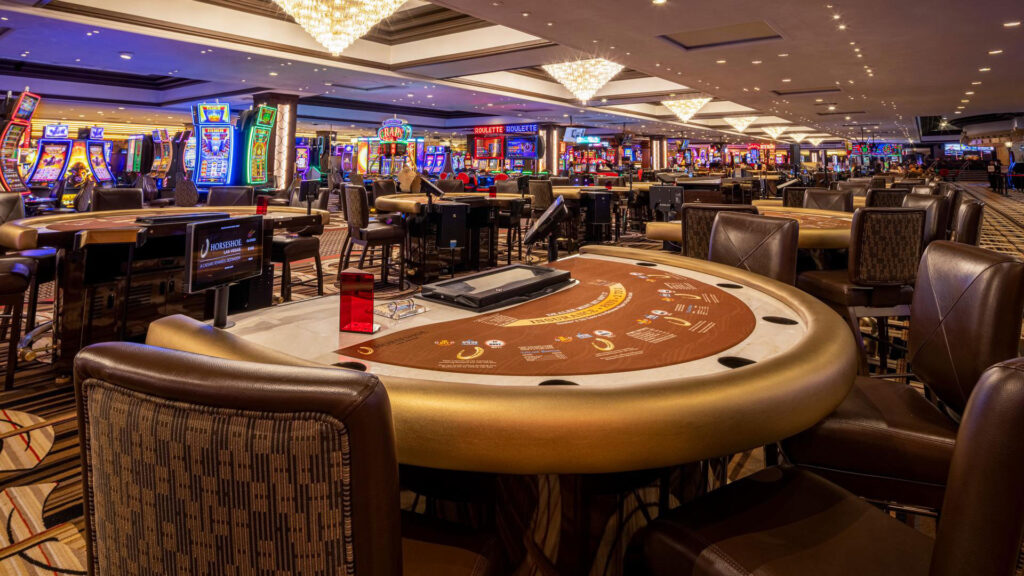Las Vegas, often referred to as the Entertainment Capital of the World, is a city that pulsates with energy, extravagance, and excitement. Its skyline is punctuated by iconic structures, each vying for attention in this neon-lit playground. Among these, the Landmark Casino stands tall, not only in terms of its physical stature but also in its historical significance and cultural impact on the Las Vegas Strip.
A Glimpse into History
The Landmark Casino, born in the golden age of Las Vegas, opened its doors on July 1, 1969. Standing 31 stories tall, it was a marvel of modern engineering at the time, and its towering presence on the Strip was an instant attention-grabber. Designed by Martin Stern Jr., a prominent architect known for his contributions to the city’s skyline, the Landmark exuded an air of sophistication and glamour.
The hotel-casino was owned by Frank Caroll, an entrepreneur with a vision to create a destination that would redefine luxury and entertainment in Las Vegas. Its grand opening was marked by a star-studded event, attended by celebrities from around the world, cementing its reputation as a hotspot for the elite.
Architectural Marvel
The Landmark’s architectural design was ahead of its time. With its futuristic, space-age theme, the building was an emblem of the 1960s’ obsession with space exploration and technological progress. Its distinctive lattice-work façade, illuminated by thousands of twinkling lights, became an iconic sight on the Strip.
Inside, the casino featured sprawling gaming floors, adorned with opulent decor, and state-of-the-art slot machines and table games. The hotel boasted over 500 rooms, each designed for comfort and luxury, offering panoramic views of the Strip or the surrounding desert landscape.
Entertainment Extravaganza
The Landmark was more than just a casino; it was an entertainment hub. The famous “Copa Room” played host to legendary performers such as Frank Sinatra, Dean Martin, and Elvis Presley. Their performances were the stuff of legends, drawing crowds from all corners of the globe.
Additionally, the Landmark featured a theater, where Broadway-style shows and elaborate productions dazzled audiences night after night. The venue’s acoustics and seating arrangements were hailed as some of the best in the city.
The Rise, the Fall, and the Legacy
Despite its early success, the Landmark faced financial challenges in the 1970s. Changes in ownership and management attempts couldn’t stave off the inevitable. The casino changed hands several times before it closed its doors in 1990. The building was eventually demolished in 1995, marking the end of an era.
While the 랜드마크카지노 may no longer grace the Las Vegas skyline, its legacy endures. It served as a template for the extravagant resorts and casinos that followed, influencing the design and entertainment offerings of subsequent establishments.
The Landmark Today
In its place now stands a modern hotel and casino complex, a testament to the ever-evolving nature of Las Vegas. The memories and stories of the Landmark, however, are preserved in the annals of Las Vegas history, and its impact on the city’s entertainment industry can still be felt today.
Conclusion
The Landmark Casino was more than just a building; it was a symbol of an era. Its towering presence and opulent interiors captured the imagination of all who beheld it. While its physical form may no longer grace the Strip, its spirit lives on in the glitzy, glamorous world of Las Vegas.
The Landmark Casino will forever be remembered as the jewel that once adorned the crown of the Las Vegas Strip, an emblem of an era of extravagance and entertainment, and a cornerstone in the city’s vibrant history.
